Street to screen: how sat-nav maps are made
TechRadar goes on the road with Navteq's mapping car
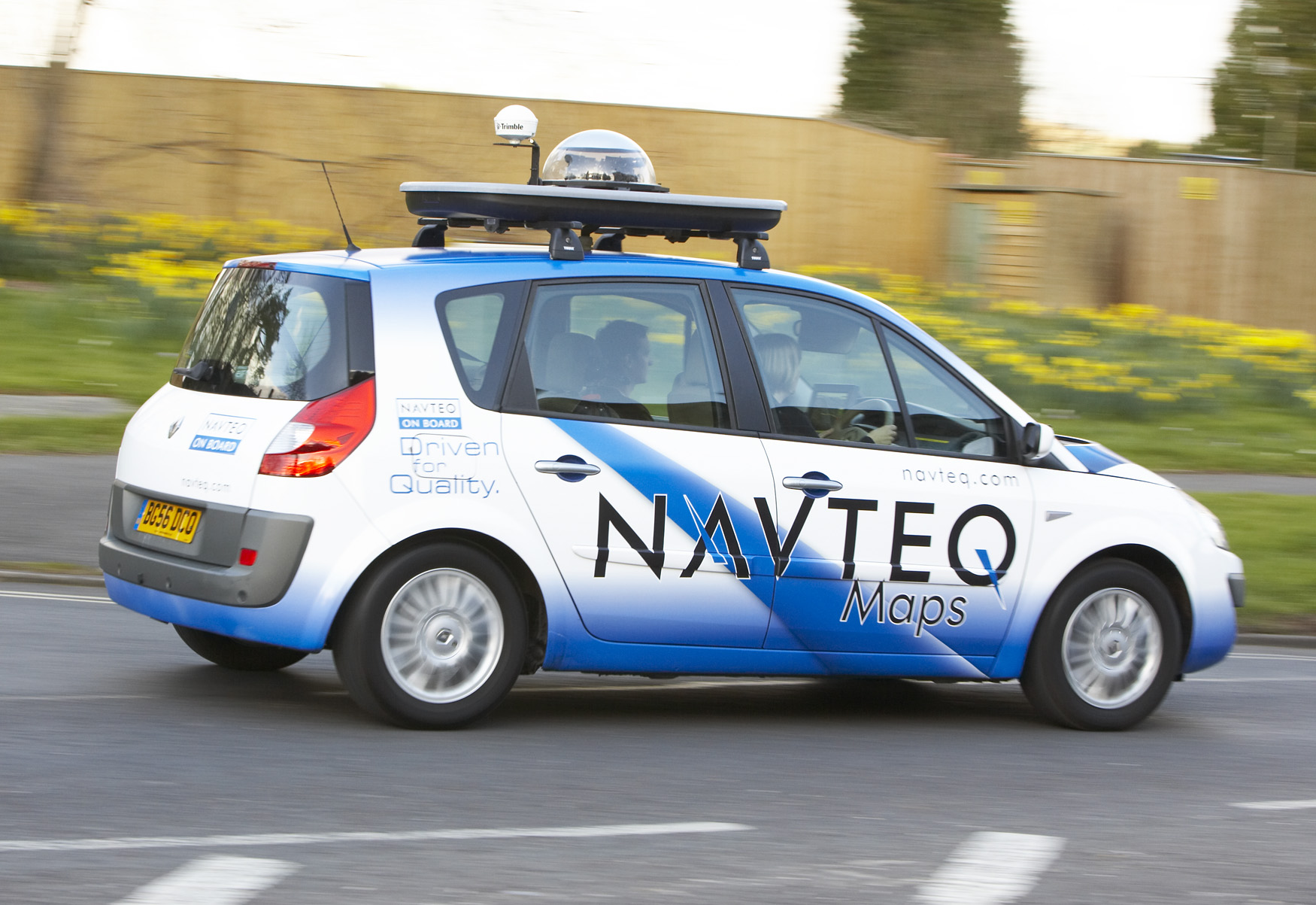
Sat nav systems and internet mapping have changed the way we deal with finding directions to a new location. But who gathers the information for our trusty sat-nav devices? And how is it done?
There are two main companies that provide mapping for these systems, Dutch company Tele Atlas and American company Navteq, owned by TomTom and Nokia respectively.
We hitched a ride with Dan Childs who runs Navteq's mapping operation in the West of England. "There's very little substitute for actually getting out there and driving the roads," he explains.
The car is impressive, even if it is a Renault Scenic. This is a serious bit of kit that shouldn't be turned off (it takes 10 minutes to reboot if you stall it). "That's why we have an automatic car, stalling cars is not good in this job!" laughs Childs.
"We build up a level of knowledge of where things are happening. We have different tools for different jobs," he explains. "This car is fitted with an IMU (Inertial Measurement Unit) and differential GPS [that works along with the movement of the wheels]."
Childs is decidedly more coy as to how much the entire kit costs, but does add that the military-spec IMU is worth many thousands of pounds.
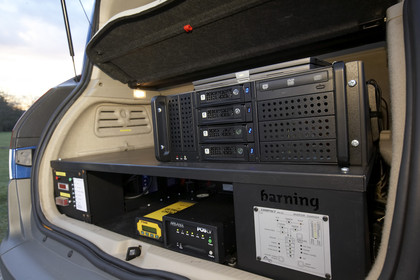
The car is instantly recognisable, and when we're out on the road several people stop to take pictures, presumably thinking that it's a Google Street View car. Much like those vehicles, Navteq's car is equipped with multi-view video cameras, six to be precise. Presumably Navteq may offer street imagery itself, but the main purpose, says Childs, is to be able to check back on imagery if someone says that there's a mapping error. "Our archived projects can be quite useful rather than driving 200 miles [to check out a problem]."
Sign up for breaking news, reviews, opinion, top tech deals, and more.
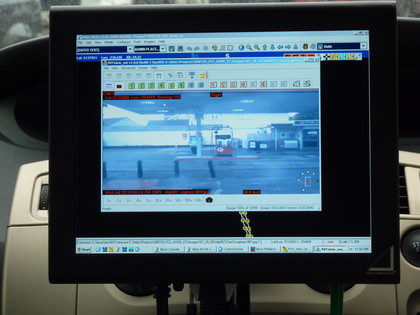
The 280 degree view provides a complete picture of the forward view of the road, while the side cameras capture building textures and shape, as well as signs and points of interest. The footage is actually a succession of still photographs, taken every metre, rather than video. That way, images are not taken when the car is still.
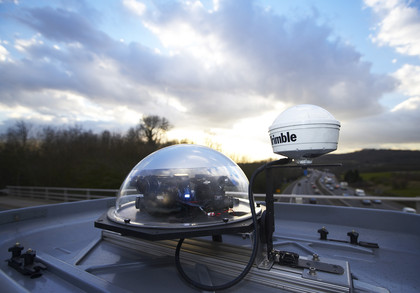
The kit in the back is complemented by a PC display in the dashboard. The images and data are continuously sent to a server installed in the boot, but it can all be viewed and and analysed in real-time on the screen.
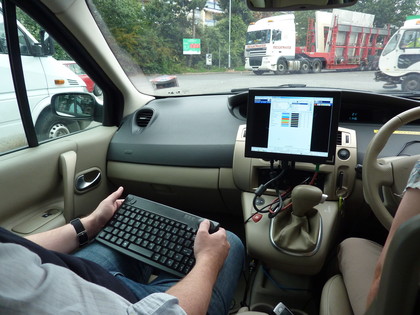
Storage is provided by 500GB hard drives which are removed to be processed when Childs returns to his base. "As we're driving it puts it straight on to there and then we put it in our tower PC in the office. You build up a lot of information very quickly – an average day is 30-40GB [worth of data]."
Childs says that when Navteq first started 20 years ago, geographic analysts used paper maps and pens to mark changes in the road network. Now the car is the tool.
The company collects more data than ever, with variable speed limits, enhanced junction views and lane information now essential. It's important the car is able to collect this without having to drive the same route over and over again. How does the car record lane information? "We drop icons saying we're in lane 2 of 4 or whatever. On each link… we code the number of lanes. My team have just finished coding extended lane information in Bristol and Cardiff."
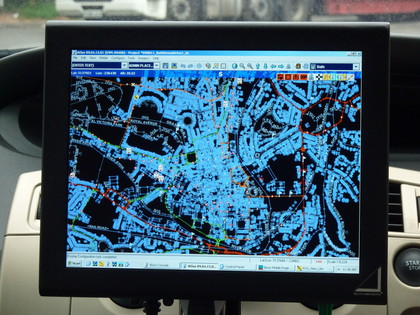
But how quickly do new developments appear on the maps? "We don't jump at everything we receive straight away," says Childs. "Something like the M6 toll road or Terminal 5 will be on from the day its open. We got permission to drive the M6 Toll the day before it opened.
"If it's a new housing estate, it will be done within the next cycle [Navteq provides four releases a year]. We usually wait until we've got enough stuff to make a day off it."
Dan (Twitter, Google+) is TechRadar's Former Deputy Editor and is now in charge at our sister site T3.com. Covering all things computing, internet and mobile he's a seasoned regular at major tech shows such as CES, IFA and Mobile World Congress. Dan has also been a tech expert for many outlets including BBC Radio 4, 5Live and the World Service, The Sun and ITV News.